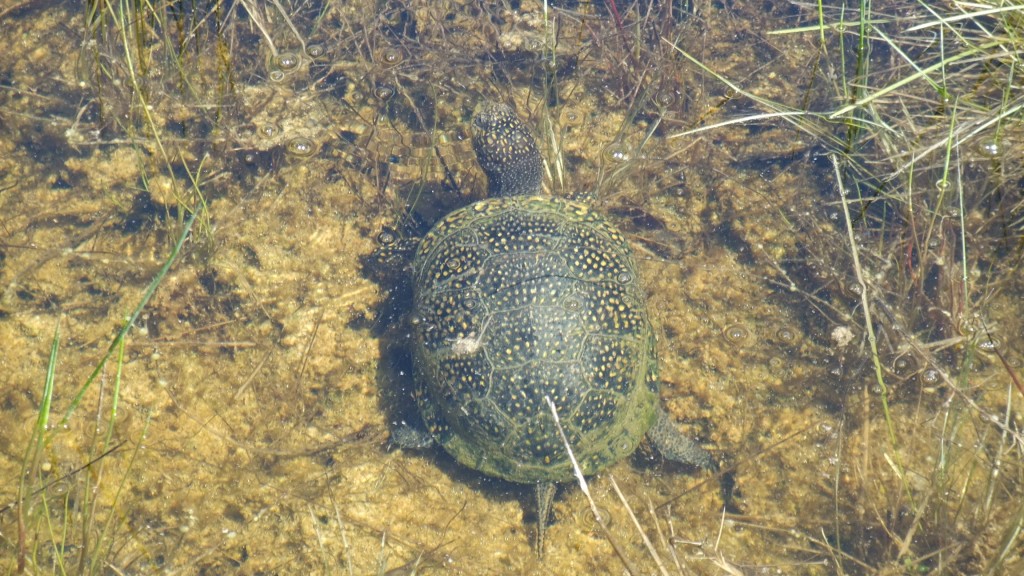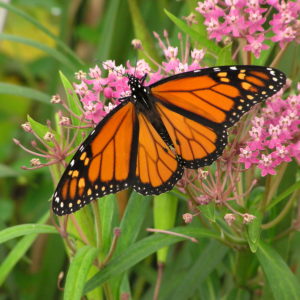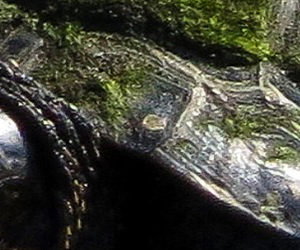Decision Time in the Appeal Court of Ontario – Nature Canada Intervenes to Save Ostrander Point
Our very own Stephen Hazell, MSc LLB., donned his court robes and intervened on behalf of Nature Canada, in support of the Prince Edward County Field Naturalists at a hearing in the highest court in Ontario on December 8. This hearing is the third in a battle between a small group of retired old ladies that are the driving force of the Prince Edward County Field Naturalists, backed by most of the county and Canada’s naturalist community, versus Gilead Corporation, a wind energy developer and the Ontario government’s Ministry of the Environment.
The nine turbine project is proposed on Crown land in the centre of the globally significant Prince Edward County South Shore Important Bird Area. The area on which the turbines are proposed is also a candidate provincial Area of Natural and Scientific Interest largely due to the presence of globally rare alvar habitat (a type of naturally occurring limestone pavement with its own communities of rare plants and insects), home to many provincial and federal species at risk including the Blanding’s Turtle and Eastern Whip-poor-will, a significant migratory route for 10,000 raptors each fall, including dozens of at-risk Golden Eagles, and within about 10 kilometres of the only Federal Government National Wildlife Area (NWA) designated for its role as a migratory landbird stop-over (Prince Edward Point NWA). The south shore of Prince Edward County is largely an intact natural area used for passive recreation, and the last significant vestige of this type of natural habitat on the entire north shore of Lake Ontario.
In addition to its role as a stop-over for hundreds of thousands of migratory birds, the area is also an important stop-over for the threatened Monarch butterfly. For decades, local groups have been attempting to conserve the south shore through land securement. Public lands, such as the Ostrander Crown Land Block, which was, as recently as the year 2000, subject to a restoration plan by the Ontario Ministry of Natural Resources to establish habitat for the endangered Henslow’s Sparrow, were assumed safe from industrial projects.
With all of these attributes and after months of expert testimony and a decision of its own Environmental Tribunal in support of protecting the area, why are the Province and the developer so determined to push this project through the courts and destroy the functional value of this area for wildlife for a few turbines? Could it be that Ostrander Point, if successful, would be a gateway to many more turbines and much larger projects on the peninsula and offshore?
This project puts Nature Canada in a very uncomfortable position, but one that we have no choice to take. We are strong supporters of renewable energy, and we recognize and support dozens of wind energy projects across the country that pose minimal risk to birds and other wildlife. We also recognize that almost everything that we do in our lives has an impact on nature, and some things much more than others. As I write this, I note that Nature Canada is embarking on a major campaign, supported by Environment Canada, to reduce the impact of free-roaming cats – the most significant direct human cause of bird mortality in Canada, as well as collisions with windows and other structures. Wind turbines kill some birds and perhaps more bats, but the numbers are relatively minor compared to many other human-related activities. However, in places that have particularly important ecological functions, such as a migration corridor or habitat for species at risk, or stopover habitat for migrating birds, the negative impacts of industrial wind energy projects far outweigh any benefits. They have no place in these areas and are not in the public interest. Ostrander Point is one of these places that should be protected from industrialization, including any wind energy project.
Our opposition to Gilead’s project began many years ago through our role in BirdLife International’s Important Bird Area program as the national conservation advocate for Canada’s 600 Important Bird Areas. BirdLife International, the global authority on bird conservation, has spoken out against this project, putting the Prince Edward County South Shore IBA on its list of the top 350 most threatened IBAs in the world. Over the past several years, we have come to recognize that Ostrander Point has many other virtues beyond its importance for birds. It really is in the public interest and our responsibility as global citizens to protect places like Ostrander Point from industrial threats and ensure that renewable energy projects are about ‘good ideas in good places.’ I salute those members of the Prince Edward County Field Naturalists who clearly do represent the public interest both locally and globally and have demonstrated incredible sacrifice and tenacity in fighting this project. Visit their Save Ostrander Point website to learn more.
Ted Cheskey
Senior Manager, Bird Conservation Programs




